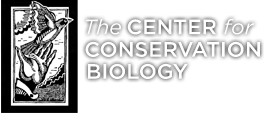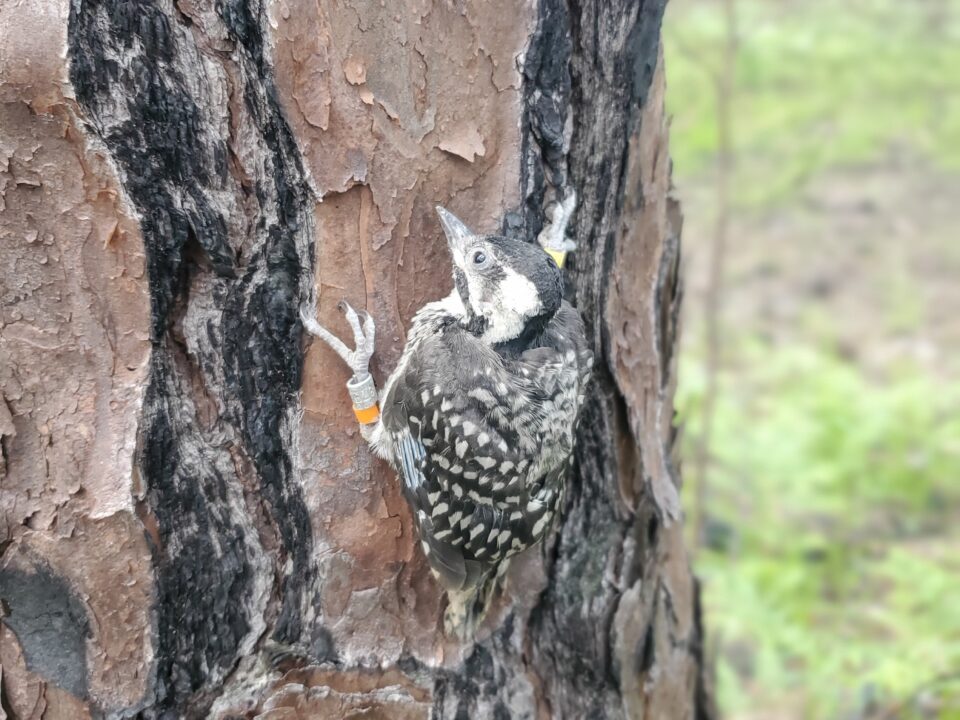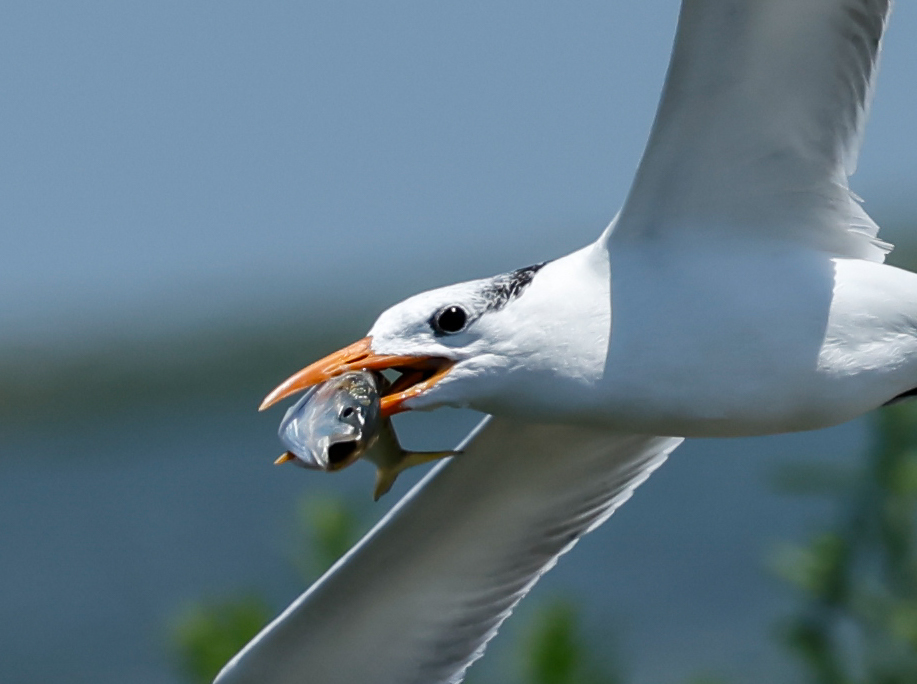The joy of birds

Platform use by nesting eagles
July 6, 2020
Delivering full life cycle conservation for whimbrels
July 7, 2020A dipper foraging in a clear mountain stream in the Black Hills. They live life on the edge. Feeding on aquatic larvae, they push their way through the fastest water, dodging and weaving and doing their own thing. Everyone else is left on dry land to stand and watch the spectacle. Photo by Bryan Watts.
By: Bryan Watts
7/6/2020
Many of us feel the constant gravitational pull of wild places or wild things. Each of us have reasons that are our own. Maybe we want to wash away the human taint in emptiness and silence like the dipper is purified by a mountain stream – a return to innocence where we can receive the sacraments of healing from nature. Maybe we want to walk alongside the eternal – the comfort of knowing that the swallows will still ride the wind and the heron stalking in the shallows will still cast shadows on green water long after our time has passed. Whatever the reason, the wild is always welcoming.
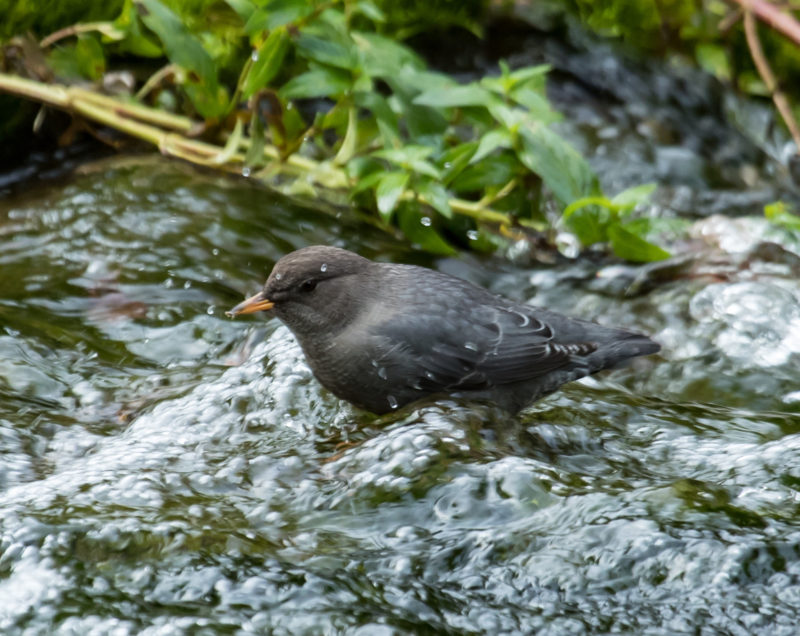
So far, 2020 has been a tortuous year for the global community. We have been on a collective march along the narrow ledge of a canyon that has tested our humanity. Possibly the most difficult part of the pandemic has been the crushing uncertainty. How do we make individual decisions that respect and support our community? How do we heal together during a time when so many wounds have emerged?
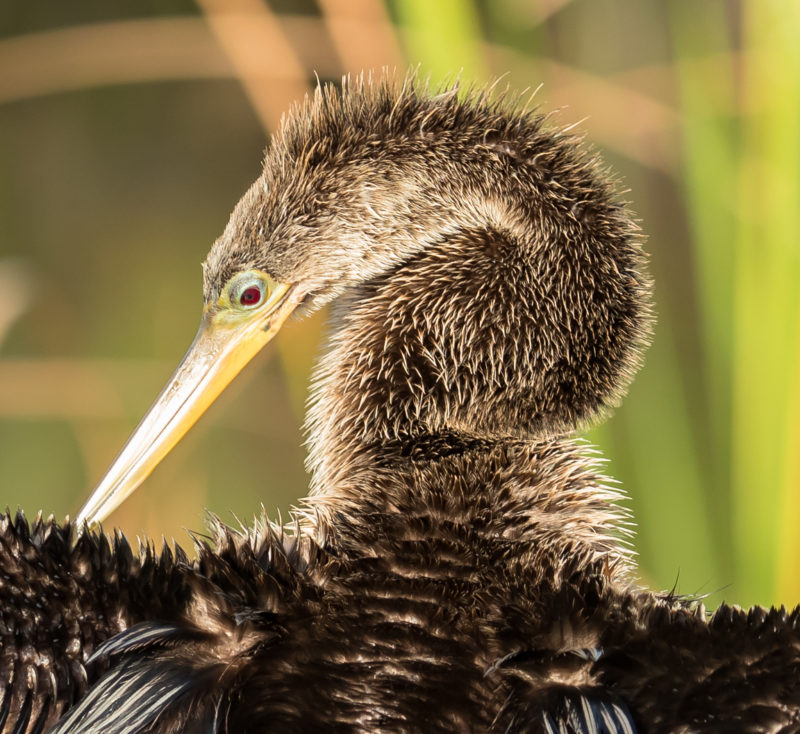
As they often do, birds provide a respite from the cares of the day. They are not only wild, they bring wildness to us. We may engage with them in dramatic places during a once-in-a-lifetime experience or watch them every day from our window. We may sit with them for hours and contemplate their endlessly fascinating behaviors or observe them for mere seconds. What matters is that we are truly present with them in the moment. There is something about these simple encounters that provide perspectives on our own lives. Robert Bly captures part of this in his prose poem, “What have I ever lost by dying? – like the black ducks that fly desolate, forlorn, and joyful over the seething swells, who never feel pity for themselves, and do not lie awake weeping for their sins.”

During times of crisis I have only to glance up to a collection of binoculars sitting on my shelf. Just the sight of them brings to mind thousands of days spent in the field with birds. A bric-a-brac of memories that would make even the most jaded, hawk-watch burnouts stand up at attention. But they represent more than a collection of memories. The great artist Henri Matisse had a fascination with artistic lineages and discussed the dual importance of current artists nourishing new and future generations of artists carrying past art within them as they created their own expressions – an inter-generational respect for their craft.
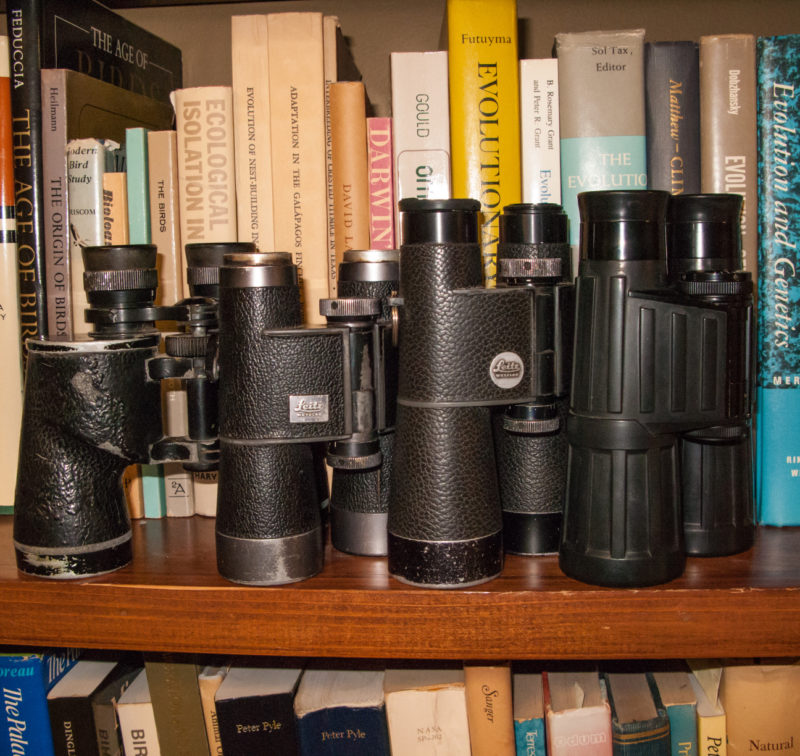
The binoculars hold more than my memories. Among them is the pair of Leicas that Mitchell Byrd bought at a duty-free shop in Amsterdam in 1971 while returning from an ornithological conference. I used them in the field for 10 years after he used them in the field for 20 years working with eagles, osprey and peregrines. There is the pair of Leicas that Dot Silsby used for 15 years while she tallied hawks during fall migrations at Kiptopeke. She presented them to me unexpectedly after I gave a lecture on raptor conservation – like the old country music tradition of passing along a guitar. I used them in the field for more than a decade working birds throughout the Western Hemisphere. We can easily be humbled by the thoughtful kindness of others.
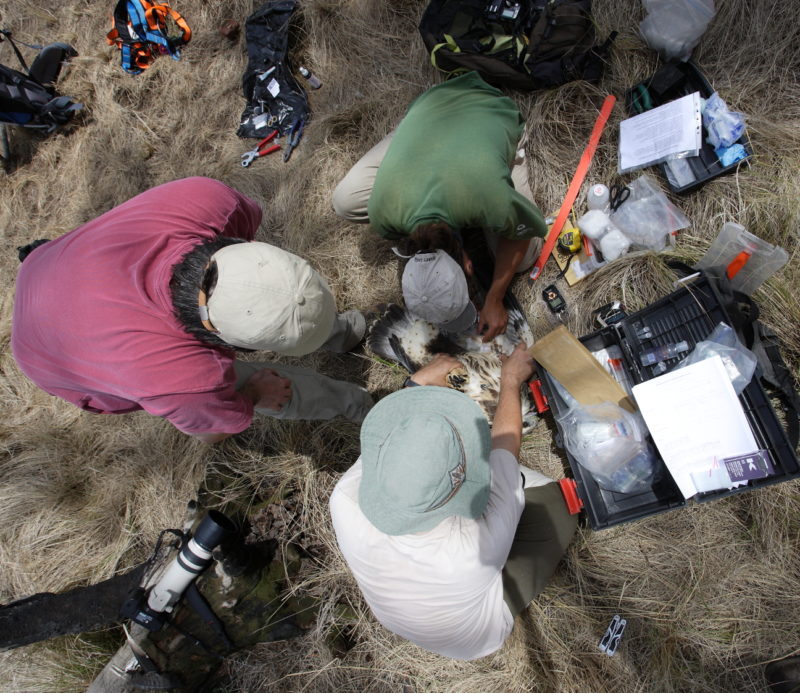
There is something about bird work that instills a sense of community – memories of shared experiences and a pulling together for bird populations that struggle to survive. For those of us who are fortunate to work with birds, there is joy in the day-to-day experiences and discoveries. For some, a joy that may be heightened by the giving and receiving of time and good will. We start out with the intent of helping birds and find over time that they have helped us. Birds may not provide all of the answers to our societal ills, but they offer us the space and opportunity to reach out in meaningful ways and to connect with something larger than ourselves. During times like today, when such stark divisions seem to hold us all hostage, it is maybe more important than ever that we all reach out to touch our common humanity. Spending time with birds is a start…
